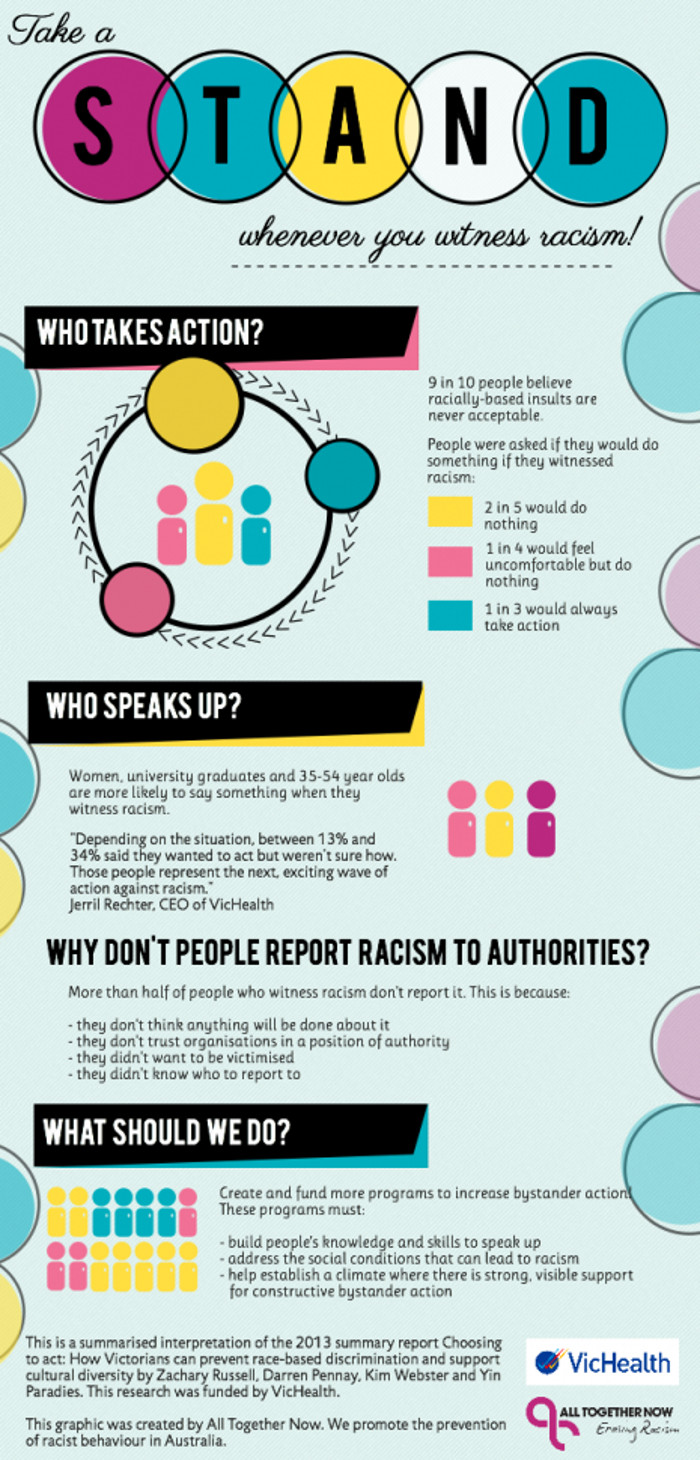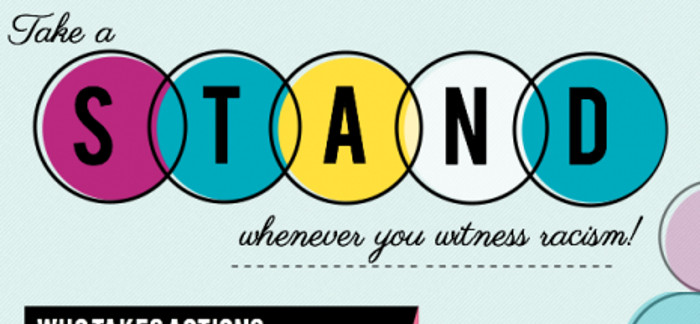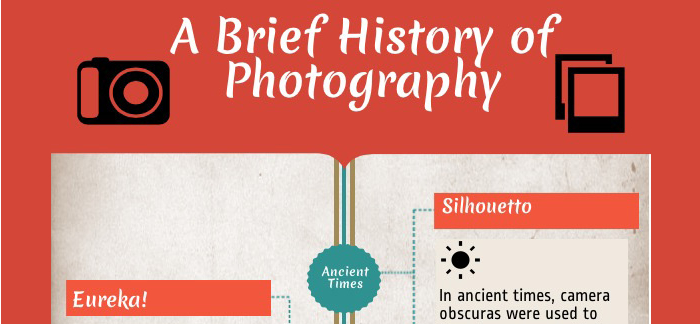Different people have different interpretation regarding the Little Black Sambo. Some people view the book as endearing and sweet, but others respond to it as highly offensive and racist. Well, you should look at different sources of opinions for you to get a true insight of this controversial book.
The original story of the Little Black Sambo has actually never gone ‘out of print’ ever since the book was published in the year 1899. However, the controversy mainly around racist interpretation of Sambo has been intense that this book has been eliminated from lots of bookshelves. The story was written by Helen Bannerman – a Scotswoman.
What The Little Black Sambo Controversy Is About?
The book was written in late nineteenth century and it has been considered catalyst for lots of discussions about prejudice and racism. Some people noticed consistently that young individuals who grew up during the time when the book was prevalent at schools have extremely emotional and negative responses to this book.
It is said that those African American adults, when recalling the Little Black Sambo, feel hurt, embarrassed, and even confused. People realize that those words are usually how those adults who basically were abused during their childhood years describe their past memories. To simply put it, whether Helen Bannerman meant it or not, the words that shed used most especially if combined with its illustrations were abusive for lots of African American children. Well, since the book was distributed worldwide, it is more likely that the book has negatively affected people of different races and color.
The critics of the Little Black Sambo have sited lots of facets of the story which they consider as reinforcing some negative stereotypes – his colorful clothing, the very unsanitary way of collecting the butter, as well as the boy’s greedy appetite. Even the illustrations in the later editions of the book even exaggerated facial expressions and transported Sambo into the ‘American South’. And of course, the name Sambo is synonymous to slavery way back in 1564, the time when Spanish people applied it for both half breed children of American Indian and black parents and to individual slaves. It then eventually used as patronizing nickname for shoe shine boys and black porters, and even the cruelty and spitefulness of the playgrounds. Even the used word “black” was slightly derogatory during that time – “colored” was the most acceptable alternative to that word.
But, the supporters of Helen Bannerman claim that the book is genuinely an innocent story and the Indian setting in the book couldn’t have implied connections to slavery not Africans. Yet, the Little Black Sambo was mainly intended for the young, who don’t have maturity of differentiating the characters in the book from those who are in the real world acting out real scenes about social injustice.
Conclusion
The Little Black Sambo books started disappearing from bookshelves in the years 1970s, but there have always been great attempts of rebranding it to something much more acceptable. Well, not that the world has an African American United States president, maybe it is time to move on and look forward. Yes, there really is Little Black Sambo controversy, but it’s time to move on.





